Last month at Tokyo’s International Robot Exhibition, electronics giant Panasonic showcased an agricultural robot which the company claim can perform complex repetitive tasks, such as harvesting tomatoes.
The new harvesting robot, which the company stresses is still very much under development, was one of a number of robotic devices Panasonic showcased at the event. The machine runs on a rail and identifies the ripe fruit before picking them gently using a ‘special end effector’ which cuts can catches the fruit to prevent damage.
‘With newly developed sensors and image processing technology, Panasonic is developing harvest robots that can accurately assess colour, shape, and location,” the company said in a statement. ‘This robot can even pick fruits such as tomatoes that were thought difficult to harvest with machinery without leaving a single scratch. And by connecting to the network, it can automatically move around the ridges and transport the tomatoes to baskets or even change baskets, so it can autonomously undertake every step of the harvesting process.’
The machine has a claimed work rate of 10 fruits per minute, but unlike human pickers, it can operate without breaks for up to 24 hours a day.
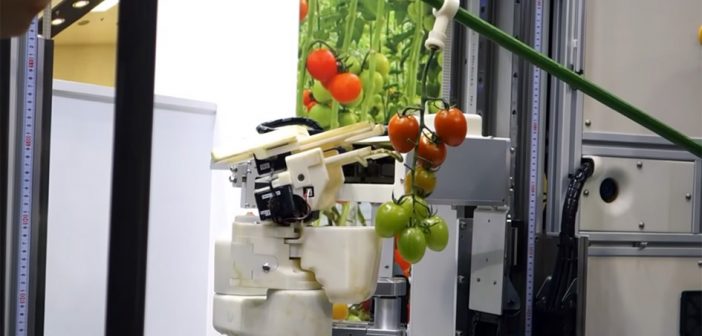
Photo Caption: Panasonic has been working on its tomato picking robot for several years.
Photo Credit: YouTube
The post Panasonic unveils tomato picking robot appeared first on Hort News.
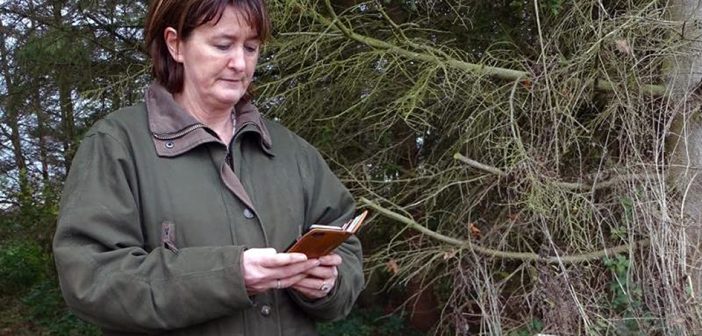
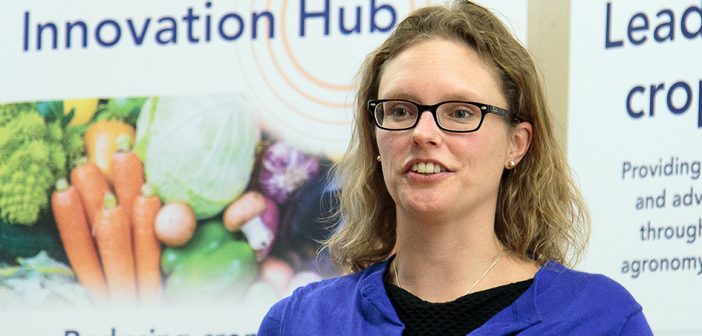
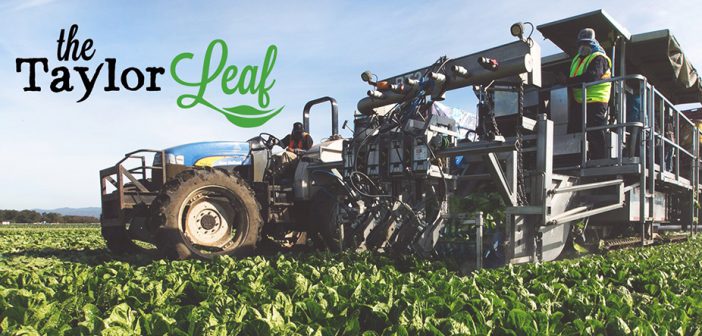



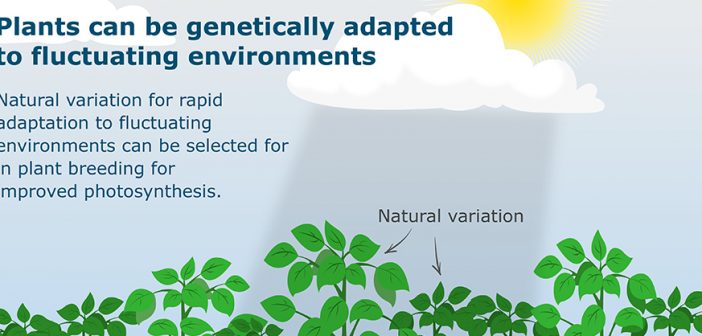
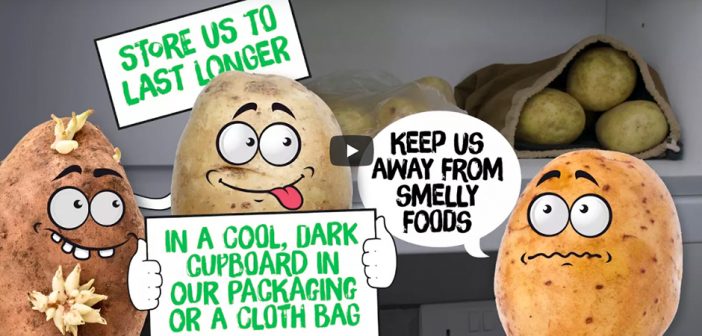 food
food